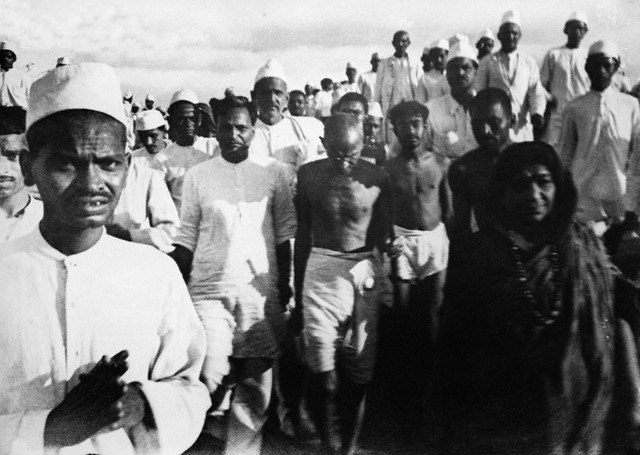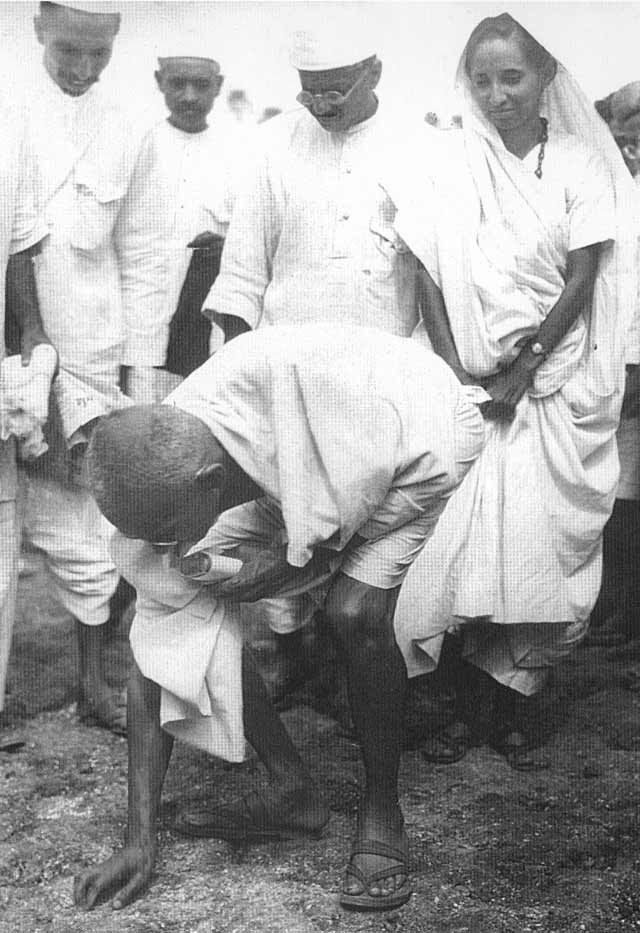

India 5 Rupees 2002 UNC
Front: Mohandas Karamchand Gandhi
Back: Tractor
The current series, which began in 1996, is called the Mahatma Gandhi series. Currency notes are printed at the Currency Note Press, Nashik, Bank Note Press, Dewas, Bharatiya Note Mudra Nigam (P) Limited presses at Salboni and Mysore and at the Watermark Paper Manufacturing Mill, Hoshangabad.
Each banknote has its amount written in 17 languages (English & Hindi on the front, and 15 others on the back) illustrating the diversity of the country. ATMs usually give Rs. 100, Rs. 500, and Rs. 1000 notes. Rs. 1000 notes are analogous to the higher valued notes of the United States dollar and the euro.
In recent years, the banknotes were slightly modified to include see through registration on the left side of obverse. In addition, the year is now printed on the reverse. EURion constellation was added to Rs. 100. The revised Rs. 10, 20 were issued in 2006, and Rs. 50, 100, 1000 in 2005. The RS. 5 notes were stopped from being printed, but have started again since 2009.
Read moreInformation and Obtained From Wikipedia, the free encyclopedia






































